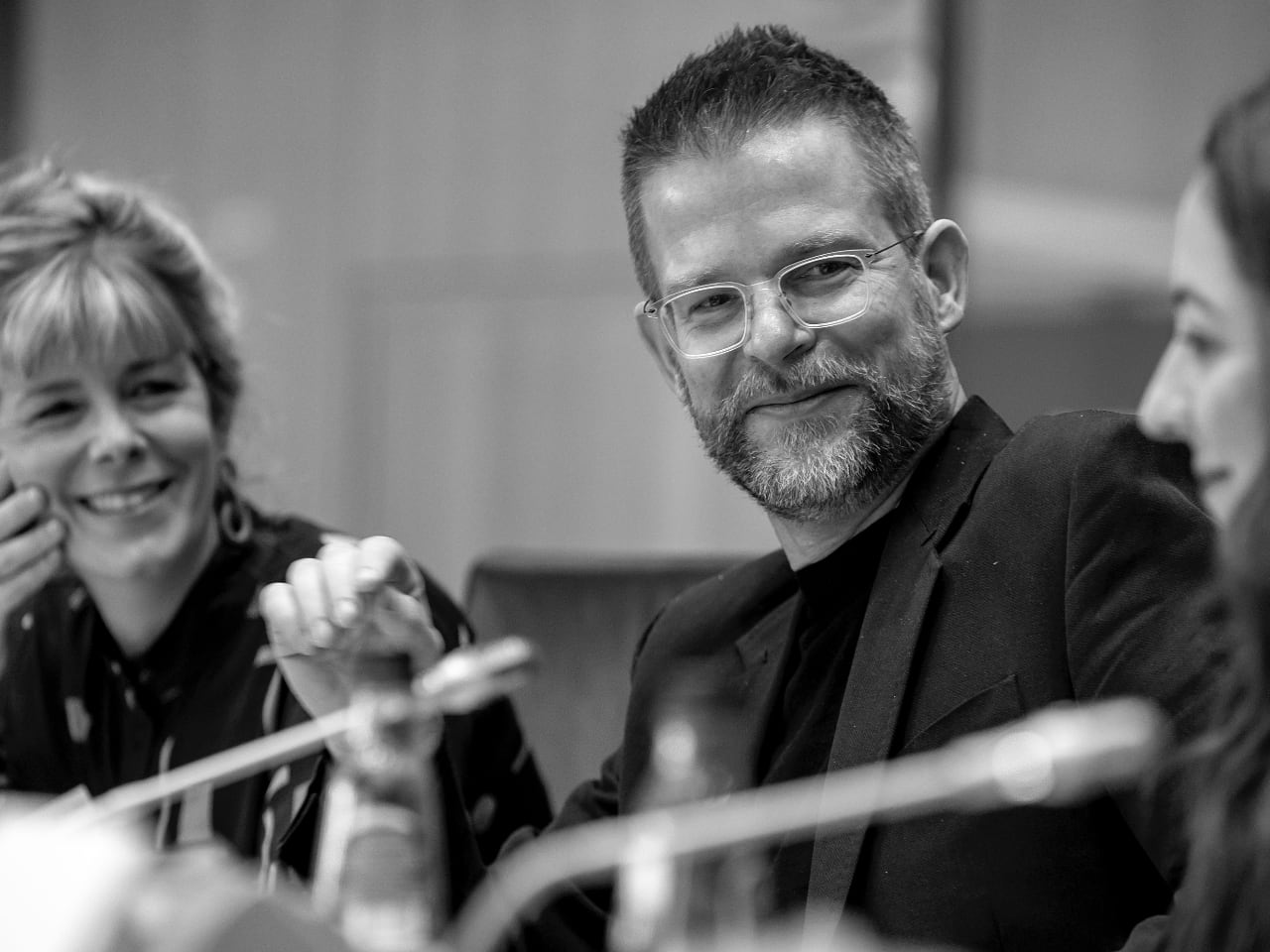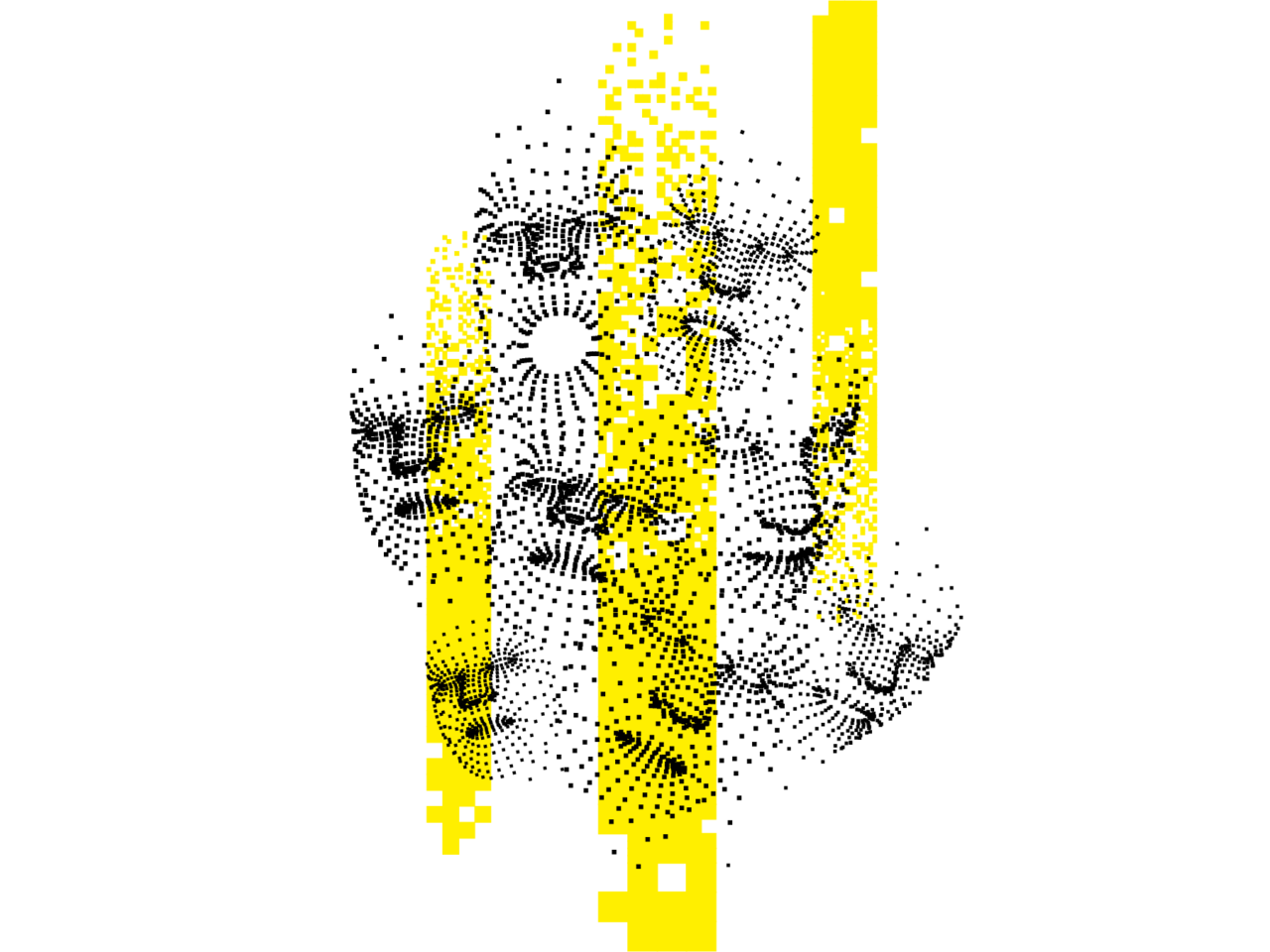Timeline

Furthermore, until at least September 28, 2023 and the launch of its "Google Extended" tool, Google did not offer a technical solution enabling publishers and press agencies to oppose the use of their content by Bard without affecting the display of this content on other Google services. Indeed, until now, publishers and press agencies wishing to oppose such use had to insert an instruction opposing any indexing of their content by Google, including on the Search, Discover and Google News services, which were precisely the subject of negotiation for the remuneration of neighboring rights. In the future, the Autorité will be particularly attentive to the effectiveness of the opt-out mechanisms put in place by Google.This once more underlines the urgent need to implement standards for rightsholder opt-outs that are efficient, flexible and scalable.
At this point, it seems useful to recall the key balances inherent in the EU’s regulatory framework for the use of copyrighted works in AI training. They form the basis of claims by the Commission and others that the EU has a uniquely balanced approach to this thorny issue. Taken together, the TDM provisions address 4 key concerns: (1) They limit permission to use copyrighted works for training data to those works that are lawfully accessible. They (2) privilege non-profit scientific research, (3) they ensure that creators and other rights holders can exclude their works from being used to train generative AI systems, and (4) they ensure that works that are not actively managed by their rights holders can be used to train AI models. Excluding the training of generative AI from this balanced arrangement may please some creators and rights holders, but it also pushes AI back into a legal gray area. It also seems incompatible with the provisions of the AI Act, which situates the training of generative AI models within the broader concept of TDM, and which will be directly applicable in Poland.Expanding on this analysis, we have also submitted a contribution (PL|EN) to the public consultation launched by the Polish Ministry of Culture and National Heritage that argues for an implementation in line with the directive and suggests that Polish lawmakers should instead focus on enabling a fair remuneration for creators who opt out of TDM and ensuring the sustainability of public information resources.
No. There isn’t really a way to get a hundred million images and know where they’re coming from. It would be cool if images had metadata embedded in them about the copyright owner or something. But that’s not a thing; there’s not a registry. There’s no way to find a picture on the Internet, and then automatically trace it to an owner and then have any way of doing anything to authenticate it.While this response sounds derisive in the context of the article (a similar statement made by Open AI to the House of Lords was also criticized as derisive), Holz does have a point. There is indeed an urgent need for better copyright information infrastructures that allow AI model developers and others to automatically assess the copyright status of works - and clear rights. Something we pointed out in our recent policy paper on best practices for opting out of ML training and an earlier white paper on a public repository of public domain and openly licensed works.
Ahead of this year's Creative Commons Summit in Mexico City, Open Future and Creative Commons hosted a one-day workshop to discuss the impact of generative AI on creators and the commons. The workshop explored how legal and regulatory contexts differ around the world and how this affects the development of shared strategies for dealing with the impact of generative AI on the commons and the position of creators.
Based on this discussion, and in subsequent conversations over the three days of the summit, the group identified a set of seven principles that could guide further work on creating an equitable framework for the regulation of generative AI around the world. These principles were published as part of a statement on "Making AI work for Creators and the Commons" which was published on the Creative Commons blog on the final day of the Summit.
Today, Open AI announced that GPTBot, the web crawler used to collect training data for its GPT series of large language models, can now be blocked via the robots.txt protocol. Site administrators can either disallow crawling of entire sites or create custom rules that allow `GPTBot` access to some parts of a site while blocking it from others. This functionality gives site owners a level of control over how their content is used by OpenAI's LLMs that they previously lacked.
At first glance, OpenAI's approach follows the opt-out mechanism established by the TDM exceptions in the EU copyright framework. But on closer inspection, the model/vendor-specific nature of this approach raises more questions than it answers, as it implies that it is the responsibility of website publishers to set rules for each individual ML training crawler operating on the web, rather than setting default permissions that apply to all ML training crawlers.
These opt-outs are for images included in the LAION 5B dataset used to train the Stable Diffusion text-to-image model. Stability AI has announced that the opt-outs collected by spawning.ai and made available via an API will be respected in the upcoming training of Stable Diffusion V3.
As we have previously argued, such opt-outs are supported by the EU's legal framework for machine learning, which allows rights holders to reserve the right to text and data mining carried out for all purposes except academic research undertaken by academic reserach institutions. Spawning.ai is the first large-scale initiative to leverage this framework to offer creators and other rights holders the ability to exclude their works from being used for machine learning training.








